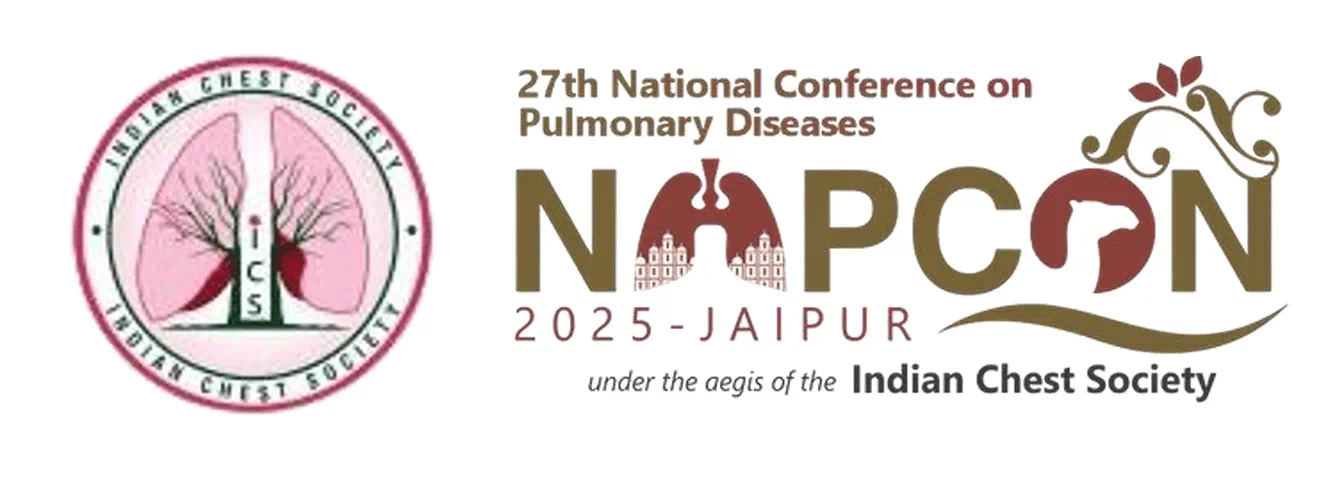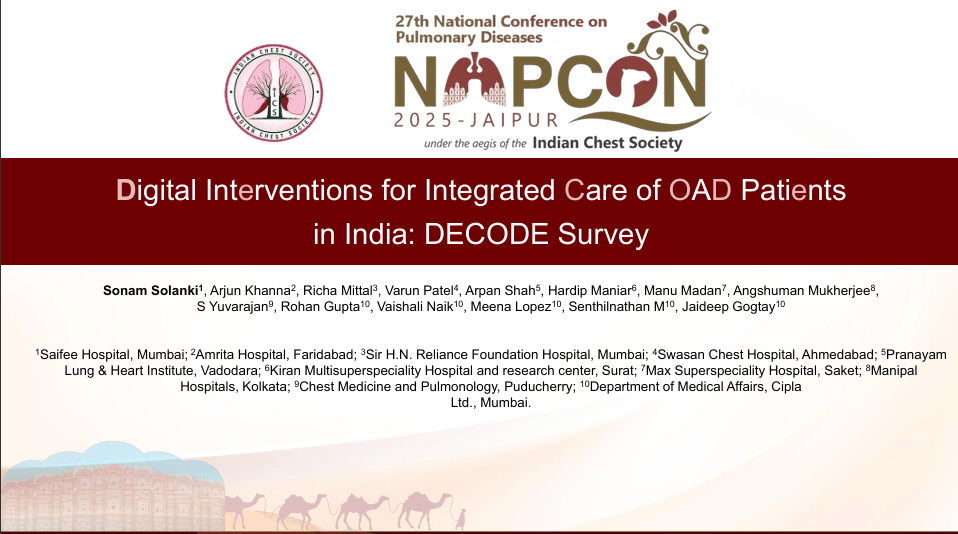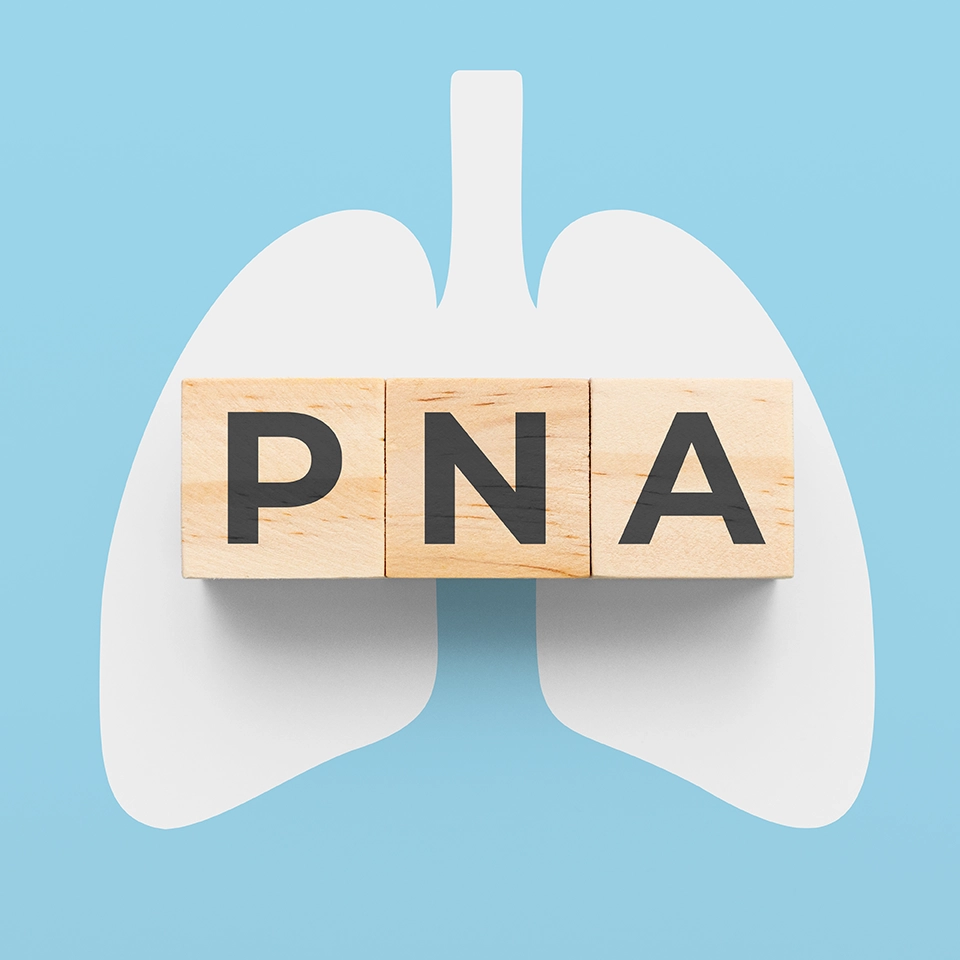Use of Topical Cyclosporine for Ocular Surface Disease: A Systematic Review & Meta-Analysis
28 Oct, 25
Introduction
Topical cyclcosporine (CsA) has a key role in the management of ocular surface diseases (OSD). The recent evidence on the efficacy and safety of CsA, has put the benefits and the magnitude of treatment effect of CSA under scrutiny, as most of the studies have focussed primarily on dry eye disease (DED).
Aim
To identify evidence on the use of topical CsA for the treatment of OSD.
Selection Criteria for the Studies
- The randomized controlled trials (RCT) related to the use of topical CsA for treating ocular OSD in humans.
- The RCTs compared different concentrations of topical CsA,or compared topical CsA with other topical therapies such as artificial tears (AT), or placebo or different vehicles used.
- The RCTs comparing the use of topical CsA in combination with AT or other treatments were also included.
Methods
Study Design
- A systematic review and meta-analysis.
Outcomes
Primary Outcomes
- OSD symptoms such as dryness, scratchiness, foreign body sensation and burning over time (evaluated using validated patient-reported outcome questionnaires or clinician-based assessments)
- Ocular surface dye staining (evaluated as the mean change in corneal fluorescein or conjunctival lissamine green or Rose Bengal score).
Secondary Outcomes
- Visual acuity, aqueous tear production (mean change in Schirmer test scores in millimetres or topographic tear meniscus height), tear film stability (mean change in tear film breakup time, seconds), meibomian gland dysfunction severity, blepharitis presence/absence, bulbar conjunctival redness/inflammation, corneal infiltrates, and inflammatory biomarkers (including conjunctival goblet cell density and impression cytology scores).
Results
- A total of 48 RCTs were included in this systematic review and meta-analysis.
- The dosing regimen for topical CsA used of one drop twice daily was used in 37 RCTS. A dosage one drop of CsA 0.05% four times daily was used in the remaining 11 trials.
- The results from 30 RCTs indicted a significantly better efficacy of CsA for OSD, irrespective of dose or concentration.
- In patients with DED secondary to Sjögren's syndrome, CsA 0.05% plus AT reduced the DED symptoms after 12 weeks in two trials, as compared to AT alone [mean difference (MD) −10.60; p = 0.0004]. In patients with DED secondary to trachoma CsA 0.05% plus AT reduced the DED symptoms after 24 weeks when compared to vehicle plus AT (MD −8.13; p < 0.00001).
- As per the analysis of the trials reporting improved corneal and conjunctival staining at 8-, 12- and 24- week follow-up, CsA 0.05% plus AT was better than vehicle + AT (MD −0.40; p = 0.02) in patients with moderate to severe DED, CsA 0.05% + AT was better than AT only (MD −2.70; p < 0.0001) in patients with DED secondary to Sjögren's syndrome and CsA 0.05% plus AT was better than vehicle plus AT (MD −1.74; p < 0.0001) in patients with DED secondary to trachoma.
- Three trials (n=337) showed reduced corneal and conjunctival staining with CsA 0.05% + AT at 8, 12, and 24 weeks. Mean differences favored CsA+AT over vehicle+AT in moderate-severe DED (MD −0.40; p=0.02), over AT alone in Sjögren’s DED (MD −2.70; p<0.0001), and over vehicle+AT in trachoma-related DED (MD −1.74; p<0.0001).
- Three trials (n=135) showed significant symptom improvement with CsA 0.05% vs. AT in Sjögren’s-related DED after 12 weeks (MD −11.10; p<0.0001), but no consistent effect in ocular rosacea (MD −6.40; p=0.11) or moderate-severe DED (MD −1.10; p=0.10). Four trials (n=225) assessed staining scores; two favored CsA (p≤0.02), while two showed inconsistent results (p=0.34).
- Five trials (n=283) assessed TBUT after 6–52 weeks; three showed consistent improvement favoring AT or no treatment (p ≤ 0.04), while two showed inconsistent effects (p ≥ 0.13). Schirmer-I scores also improved in the same three trials (p ≤ 0.05). Goblet cell density was higher with CsA 0.05% only in one trial (116.8 vs. 92.7; p < 0.001).
- Five trials evaluated preservative-free AT as adjunct therapy in moderate to severe DED, including Sjögren’s-related DED. Three trials compared CsA 0.05% emulsion vs. nanoemulsion; others compared CsA 0.05% to CsA 0.1%, CsA 0.08%, or diquafosol 3%. Among 291 patients, symptom, staining, TBUT, and tear secretion outcomes after 12 weeks showed inconsistent between-group effects (p ≥ 0.08 for staining, p ≥ 0.11 for TBUT, p ≥ 0.53 for tear secretion). Goblet cell density remained unchanged.
- Four trials compared CsA 0.05% to nanoemulsion, tacrolimus 0.03%, diquafosol 3%, and once-daily CsA 0.05% in moderate to severe DED, Sjögren’s-related DED, and post-cataract DED. Two trials (n=133) provided analyzable data. Symptom improvement was inconsistent: MD −2.78 (p=0.55) at 12 weeks and MD −6.54 (p=0.17) at 24 weeks. Staining scores also varied: MD 0.12 (p=0.59) and MD −0.70 (p=0.39). TBUT and Schirmer-I scores showed no significant differences (p≥0.25). One trial (n=36) reported meibomian gland quality and expressibility scores with inconsistent between-group effects: MD 0.08 (p=0.73) and MD 0.00 (p=1.00), respectively.
- Two trials compared CsA 0.05% to tobramycin 0.3% + dexamethasone 0.1% and loteprednol etabonate 0.5%. In GVHD patients (n=36), CsA showed no significant benefit over loteprednol for DED symptoms (MD −4.50; p=0.59) or corneal staining (MD −0.30; p=0.78). In posterior blepharitis (n=30), tobramycin+dexamethasone improved TBUT (MD 0.57; p=0.01) and Schirmer-I scores (MD 1.50; p=0.01) over CsA. Meibomian gland score favored CsA (MD −0.44; p=0.03). Tear osmolarity showed no difference (MD −1.00; p=0.73).
- Two trials assessed CsA 0.05% with adjunct antibiotics and steroids post-ocular surgery. In LASIK patients (n=55), CsA 0.05% significantly improved symptoms (MD −5.00; p<0.00001), BCVA (MD −0.03; p<0.00001), tear osmolarity (MD −27.00; p<0.00001), and MMP-9 levels (MD −446; p<0.00001). However, TBUT (MD 4.00; p<0.00001) and tear secretion (MD 5.50; p<0.00001) favored the AT arm. Corneal staining was not assessed. The pterygium trial lacked analyzable data.
- DED symptom change was not significant (MD 0.00; 95% CI −11.27, 11.27; p=1.00). CsA 0.05% significantly reduced ocular surface staining (MD −1.70; p<0.00001), while AT significantly improved TBUT (MD 4.60; p<0.00001). No significant differences were observed in Schirmer-I scores (MD 2.30; p=0.32) or BCVA (MD −0.02; p=0.81).
- Three trials compared CsA 0.1% to vehicle with AT in moderate to severe DED and Sjögren’s-related DED. Two trials (n=1076) showed improved ocular comfort in both groups at 4–24 weeks (p > 0.05). One trial showed more patients on CsA 0.1% achieved ≥30% OSDI reduction and ≥2-grade staining improvement (p = 0.003). Corneal staining improved more with CsA 0.1% (MD −1.05 vs. −0.82; p = 0.01). Odds of ≥3-grade staining improvement were 3.3 times higher with CsA (95% CI 1.6–7.0), and 36% reached grade ≤1 vs. 14.5% with vehicle (p = 0.001). Response likelihood beyond 24 weeks was 2.9 times higher (95% CI 1.3–7.7).
- In one trial (n=584), CsA 0.1% significantly increased tear secretion over vehicle from 4 to 24 weeks. Two other trials (n=736) showed improved tear secretion and TBUT in both CsA 0.1% and vehicle groups, with no significant between-group differences (p > 0.05). Impression cytology scores improved with CsA 0.1% vs. vehicle (p < 0.05) after 4–24 weeks in one trial and at 24 weeks in another.
- Two trials compared CsA 0.1% to AT alone or CsA 0.1% + hydrocortisone 0.335%, both with AT adjunct. In post-cataract DED (n=69), CsA 0.1% significantly reduced symptoms after 8 weeks (MD −6.60; p<0.00001). In Sjögren’s DED (n=12), no significant differences were found in symptoms (MD −1.70; p=0.83), corneal staining (MD 0.10; p=0.73), or conjunctival staining (MD −0.10; p=0.73). TBUT (MD −0.60; p=0.31) and Schirmer-I scores (MD −0.50; p=0.35) also showed no significant change.
- Two trials compared cyclosprin A + vehicle 0.1% to vehicle in moderate to severe DED, and one trial assessed CsA 0.1% cationic emulsion in vernal keratoconjunctivitis. Only one trial (n=804) provided analyzable data. After 4 weeks, cyclosprin A + vehicle 0.1% showed no significant improvement in dryness (MD 1.40; p=0.38) or blurry vision (MD −1.00; p=0.51). However, corneal staining (MD −0.10; p=0.002) and conjunctival staining (MD −0.30; p=0.001) significantly improved. Clinically significant corneal staining reduction (≥3 grades) was achieved in 71.6% of CyclASol-treated patients vs. 59.7% with vehicle (MD 12.6%; p<0.001).
- Two trials evaluated CsA 0.09% vs. vehicle in moderate-to-severe DED, with analyzable data from one trial (n=744). After 12 weeks, SANDE scores improved similarly in both groups (CsA: MD −18.8; vehicle: MD −19.1; p > 0.05). Corneal fluorescein staining significantly favored CsA (MD −1.3; p = 0.01), while no difference was seen at 4 weeks (MD −0.20; p = 0.14). Schirmer-I score improvement was greater with CsA (16.6% vs. 9.2%; p < 0.001), and ≥10 mm increase was more frequent with CsA (17.9% vs 7.6%; p = 0.01). No TBUT change was reported. Adverse events included mild stinging/burning (CsA: 20.7% vs vehicle: 4.3%) and higher discontinuation due to pain (CsA: 3.5% vs vehicle: 0.5%).
- Two trials assessed CsA 2% vs vehicle in DED and atopic keratoconjunctivitis, with analyzable data from one trial (n=60). After 8 weeks, CsA 2% significantly reduced ocular surface staining (MD −1.82; p < 0.0001), with high certainty of evidence. TBUT improved significantly in favor of the vehicle arm (MD 2.80; p < 0.00001). Tear secretion showed no significant difference (MD 0.35; p = 0.10). Mild, transient discomfort was reported in 3 CsA-treated eyes and 2 vehicle-treated eyes, with no discontinuations.
- Overall, the certainty of evidence was judged to be low to moderate, downgraded mostly for imprecision and risk of bias.
Conclusions
- Topical CsA has been extensively studied for DED, with limited data in other ocular surface conditions. Most DED trials demonstrated superior efficacy and higher responder rates for CsA, as compared to other topical therapies, regardless of dose or concentration.
- Consistent improvements in ocular symptoms and staining suggest CsA outperformed vehicle or AT alone.
- CsA 0.05% administered twice daily with AT was found to be most favorable treatment effect for DED.
Clin Exp Ophthalmol. 2025; 53:470–492.









